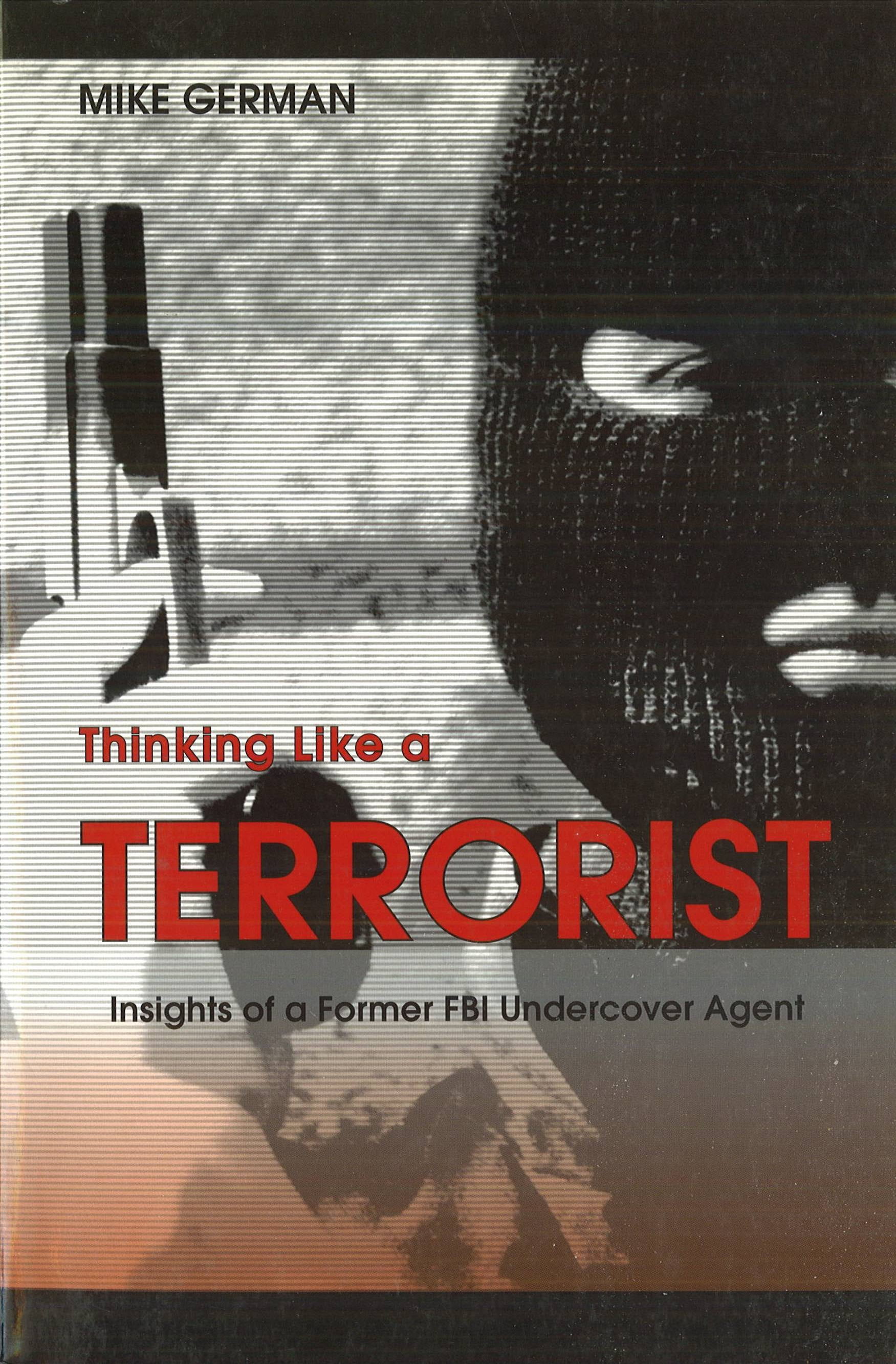
But the FBI was now convinced that he’d been a spy all along. Kelley was a distinguished agent-he’d been awarded five medals for his work at the CIA, including one for the Felix Bloch case. One illegal that Kelley had uncovered was Reino Gikman, the KGB agent who tipped off Felix Bloch. Kelley specialized in exposing Soviet “illegals,” spies who do not pose as diplomats and thus have no diplomatic immunity if they are caught. They gave him the nickname GRAY DECEIVER. The FBI mole hunters used just such a matrix to narrow a list of 100 suspects down to seven and then down to just one: a CIA agent named Brian Kelley. Then, using whatever other clues they have, they try to rule suspects in or out. One of the ways intelligence agencies hunt for spies is to make what is called a “matrix.” They compile a list of all the intelligence secrets that have been betrayed, and then make a list of the people who had access to those secrets. Apparently he’d never met with his Russian handlers, either. None of the Russian sources knew the man’s identity-as far as anyone knew at the time, the man had never revealed his real name to his handlers or even told them which intelligence agency he worked for. sources in Russia, describing a spy who had a thing for “exotic dancers,” sometimes liked to be paid in diamonds, and was said to make “dead drops” (leave packages and pick up money) in Nottoway Park in Vienna, Virginia. To date Bloch has never been charged with espionage.īoth the spy tunnel and the Bloch investigation were FBI operations, but early on the FBI concluded that the mole was more likely to be a CIA official, so that’s where they focused their efforts.įor years tips had been coming in from U.S. Gikman then tipped off Bloch, blowing the FBI’s investigation before they could collect enough information to indict him. Someone tipped off his handler, a KGB spy named Reino Gikman. diplomat named Felix Bloch, who was suspected of spying for the KGB. In 1989 the FBI was hot on the trail of a senior U. The tunnel program cost more than $100 million but never produced a single piece of useful intelligence, because the Russians were told of its existence in 1994-five years before they moved in. Someone told the Soviets about the secret eavesdropping tunnel that the FBI and the National Security Agency (NSA) had dug beneath the new Soviet embassy in Washington, D.C.

Neither arrest answered the question of who was responsible for giving the two biggest intelligence secrets to the Russians: Both men were arrested in 1996 and sentenced to more than 20 years in prison. The new mole hunt dredged up two more relatively minor spies: an FBI agent named Earl Edwin Pitts and a CIA agent named Harold J.
#Fbi undercover agent mole 1980s code
The FBI gave the investigation the code name GRAYSUIT each time a new suspect was identified they were given a code name with “GRAY” as a prefix.

So both the CIA and the FBI set up new mole-hunting teams and set to work looking for spies. Some secrets known to have been compromised couldn’t be traced back to Ames-he simply didn’t know about them. Yet as pleased as the FBI and the CIA were to have caught and convicted Ames (he received a life sentence), disturbing signs soon began to emerge that there might be one, and possibly even more moles hiding elsewhere in various U. Ames was paid more than $2.5 million for his efforts and was promised another $1.9 million, making him the highest-paid double agent in history, not to mention one of the most damaging. At least 10 of them were executed many others were sent to prison. In the nine years that Ames was an active spy, he exposed more than 100 sensitive operations and revealed the name of every CIA intelligence source in the Soviet Union. In February 1994, FBI agents arrested a 30-year veteran of the CIA named Aldrich Ames.

Here’s an amazing tale that a BRI operative recently uncovered. The following is an article from Uncle John’s Bathroom ReaderĮveryone loves a spy thriller-especially when it’s real life.


 0 kommentar(er)
0 kommentar(er)
